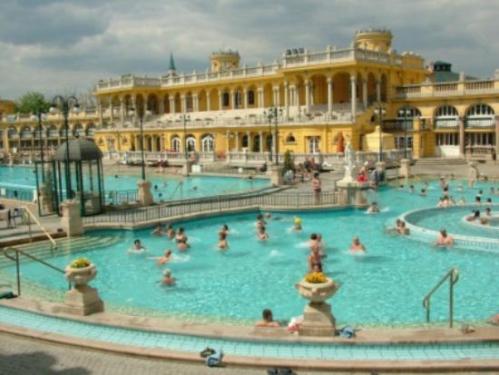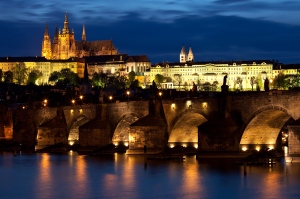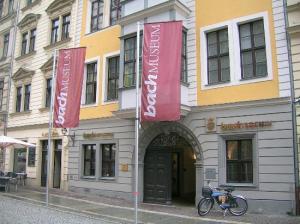Amanda Blue
Music 227
Peters
Assignment, Chapter 5
This is a very technical chapter, and so the purpose of this handout is to help reinforce the major points.
1) a. In what treatise was polyphony first described?
Polyphony was first described in the ninth-century treatises Musica enchiriadis and Scolica enchiriaadis.
b. About when was this treatise written?
This treatise was written in the ninth century.
2) a. In “Alleluia Justus ut palma” from c.1100 (NAWM 15), some sections are not set in polyphony. Why not?
The sections that were not written in polyphony were made to be the solo sections of the chant. This was known as free organum. This allowed the soloist to have a free vocal line above the chant line sung by the choir. These would be the sections of the mass that were known as the Gradual, Alleluias, and the responsorial psalms. These sections allowed for the singer to be featured as a soloist through historical context and meaning.
b. What type of polyphony is in this excerpt?
This excerpt was known as free organum.
3) a. In florid organum, which voice has the chant?
In florid organum, the tenor voice part has the chant.
b. What is this voice called?
The voice part is called tenor.
c. Why did it receive the name?
The voice part “tenor” received its name from the Latin word meaning “to hold”. In this case, the tenor part “holds” the melody of the chant.
4) a. For which chants of the Mass and Office did Leonin write organa?
The chants of the mass and office that Leonin wrote organa for were the Graduals, Alleluias, and the Office Responsorial.
b. Of these chants, which portions did he set in polyphony?
The gradual for Christmas Day was a piece and style of chant that he set in polyphony.
c. What was his collection of organa called?
Leonin’s collection of organa is called Magnus liber organi.
5) a. According to the writings of “Anonymous IV,” at what type of composition was Leonin best?
“Anonymous IV” called Leonin a master and excellent organista, which means a composer of organum.
b. For what was Perotin noted?
Perotin was noted for his, “quadrupla” which was four-voice organa.
6) a. What is a clausula?
A clausula is a phrase within a sentence. When referring to organa, a clausula “sets a word or a syllable from the chant and closes with a cadence (pg.98)”.
b. What is a substitute clausula?
A substitute clausula is a transposed section added or in the place of an already existing chant.
7) The setting of “Viderunt omnes” in NAWM 17 includes sections in both florid organum and discant. What are the main features of each style?
Florid organum: This style occurs when “ the upper voice sings note groups of varying lengths above each note of the lower voice, which moves much more slowly than the upper part (pg.89).”
Discant: This style occurs when “both parts move at the same rate, with one to three notes in the upper part of each note for each note of the lower voice (pg.89).”
8) a. Why did Leonin switch between florid organum and discant?
Leonin switched between florid organum and discant because he thought that it would be easier to memorize and would become more memorable. He did this by creating rhythmic modes. This concept was also used to highlight the more important parts of the chant and text presented in the mass. Symbolically, this had great effect.
b. Why did he use discant in these passages?
He used discant in these passages to allow for musical dynamic to his compositions. These passages were created to be more memorable and give a different sound to the ear of the listener.
9) a. In the discant clausula on the word “dominus” (NAWM 18), which rhythmic mode or modes predominate in the upper voice? In the lower voice?
The rhythmic modes predominate in the upper voice are
10) In what ways is “Ave virgo virginum” (NAWM 20) typical of the polyphonic conductus?
11) How did the motet originate, and how did it acquire its name?
*12) How do you think an intermediate ensemble (vocal or instrumental) could benefit technically from performing early polyphony? Be specific as to what you could ask the musicians do.








